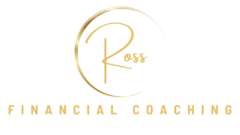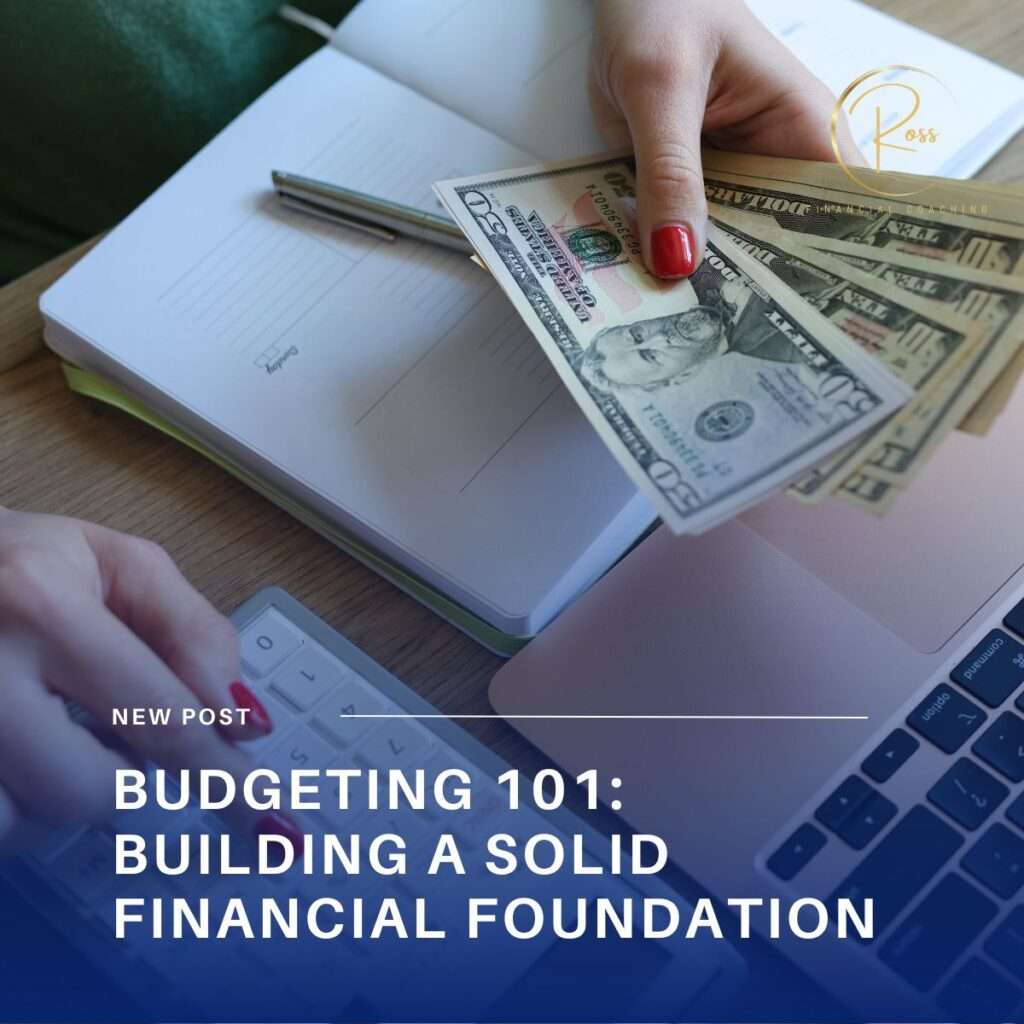
The average American who uses financial apps manages 2.4 different tools. Budgeting apps, investment trackers, savings challenges, AI-powered spending analyzers. We’ve never had more tools to manage money.
Yet household debt continues climbing, and 60% of Americans still can’t cover a $1,000 emergency.
Here’s what I’ve discovered through developing the WEALTH Framework: The problem isn’t lack of automation. It’s automated chaos.
Most people are automating the wrong things in the wrong order, creating a false sense of financial control while missing the foundational elements that actually build wealth.
The Automation Trap That Keeps You Broke
Financial technology companies want you to believe that downloading their app will solve your money problems. Download this savings app! Try this budgeting tool! Let AI manage your investments!
But here’s what they don’t tell you: Automation without intention is just organized confusion.
Consider what happens when you automate without strategy:
Your savings app moves $50 to savings while your checking account hits overdraft fees. Your investment app buys stocks while you’re carrying credit card debt at 24% interest. Your budgeting app categorizes every expense while you have no clear financial goals.
You’re busy managing money without actually building wealth.
What Actually Builds Wealth Through Automation
The WEALTH Framework reveals a different approach. Before automating anything, you need clarity on three foundational elements:
Your Financial Story – Understanding why you make the money decisions you make. If you believe “I’m bad with money,” no app will fix that underlying belief system.
Your True Financial Picture – Most people automate based on what they think they should save, not what their actual financial situation allows. This creates constant financial stress and abandoned automation systems.
Alignment Between Values and Actions – Automating savings toward goals that don’t actually matter to you will always fail. Your subconscious will find ways to sabotage systems that don’t align with your real priorities.
The Right Way to Automate Your Finances
Once you have clarity on your financial foundation, automation becomes powerful. Here’s the sequence that actually works:
First: Automate Protection Before automating wealth building, automate financial security. Set up automatic transfers to cover your basic needs and emergency fund. This creates psychological safety that allows other systems to work.
Second: Automate Alignment Set up automatic transfers that directly support your most important life goals. Not what financial experts think you should want, but what actually matters to you. When automation serves your real priorities, you’ll naturally support and maintain these systems.
Third: Automate Growth Only after you’ve automated protection and alignment should you focus on optimizing investment accounts, tax strategies, and wealth accumulation tools.
Most people try to start with step three, which is why their automation fails.
Beyond the Apps: Building Sustainable Financial Systems
The most successful wealth builders I’ve observed through framework development don’t rely heavily on apps. They’ve built simple, sustainable systems based on clear principles.
They automate their paychecks into specific account purposes before the money hits their main checking account. They’ve eliminated decision fatigue around money by creating automatic responses to predictable financial situations.
Most importantly, they’ve addressed the psychological and behavioral aspects of money before implementing any technology solutions.
Making Technology Work for Your Wealth
Here’s how to approach financial automation strategically:
Start with Clarity, Not Apps – Before downloading another financial tool, complete the first three components of the WEALTH Framework. Understand your money story, evaluate your real financial situation, and identify what truly matters to you.
Automate Behavior, Not Just Money – The most powerful automation happens in your decision-making patterns, not just your bank transfers. Create automatic rules for common financial situations.
Keep It Simple – The complexity of your financial system should match your actual financial situation. Most people need simpler systems, not more sophisticated apps.
Review and Adjust – Even the best automation requires regular evaluation. Set quarterly reviews to ensure your automated systems still align with your current goals and circumstances.
Your Next Step
Financial apps and AI tools can be valuable, but only after you’ve built a strong foundation. The WEALTH Framework provides that foundation by addressing the psychological, strategic, and behavioral aspects of money management that no app can fix.
Start with understanding your relationship with money before automating anything. When you automate from a place of clarity and alignment, technology becomes a powerful wealth-building tool rather than an expensive distraction.
Ready to build a foundation that actually creates wealth? Let’s talk about how the WEALTH Framework can transform your financial automation strategy.
Related Topics for Next Piece: This foundational understanding of proper financial automation sets up perfectly for exploring digital security – because once you’ve built effective automated systems, protecting them becomes crucial. The next piece will address the security measures needed to protect your newly organized financial life.




